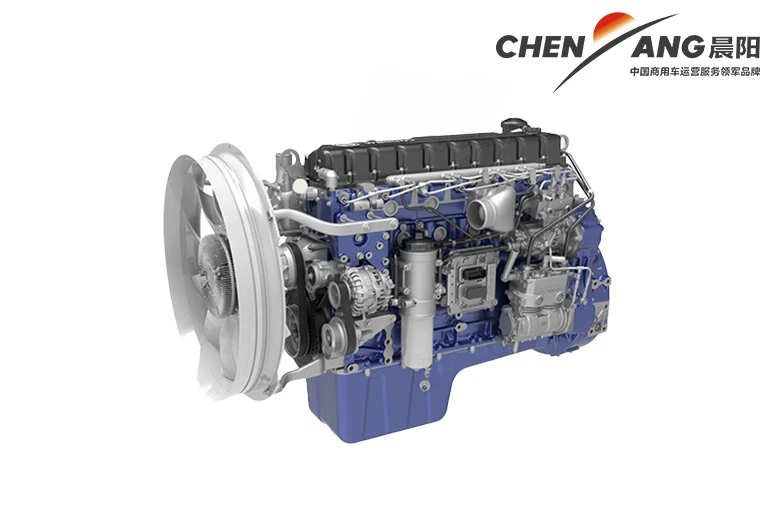commercial construction equipment
Commercial Construction Equipment The Backbone of Modern Infrastructure
The world of commercial construction is dynamic, demanding both efficiency and innovation to meet the growing architectural and infrastructural needs of our time. Central to this field is the array of construction equipment that powers projects ranging from towering skyscrapers to sprawling industrial complexes. Understanding the various types of commercial construction equipment, their functions, and technological advancements is crucial for anyone involved in the construction industry.
At the heart of commercial construction are heavy machinery and equipment designed to facilitate large-scale operations. Among the most essential are excavators, bulldozers, and cranes. Excavators are vital for digging and earthmoving, typically equipped with a rotating cab and a bucket arm for versatile operation. They are indispensable for site preparation, trenching, and material handling.
Bulldozers, with their broad blades, are primarily used for pushing large volumes of soil, sand, or rubble during site clearance. Their ability to operate on rough terrain makes them ideal for creating level surfaces or moving materials around a construction site. Coupled with these machines are loaders, which can scoop, lift, and transport materials to different locations within the site, enhancing operational efficiency.
Cranes represent another critical component of commercial construction equipment. These towering giants come in various forms, from tower cranes that construct skyscrapers to mobile cranes that provide flexibility on job sites. Equipped with pulleys and cables, cranes are capable of lifting heavy materials vertically and horizontally, making them indispensable for any project requiring significant material transfer at heights.
commercial construction equipment

In addition to these heavy machines, commercial construction also relies on smaller equipment and tools that support various tasks. Concrete mixers, for instance, are essential for blending concrete on-site, ensuring that construction materials are perfectly prepared according to specific project requirements. Similarly, scaffolding systems provide necessary support for workers at elevated heights and ensure safety during construction work.
As the industry evolves, so too does the technology surrounding commercial construction equipment. The rise of automation, telematics, and IoT (Internet of Things) integration are revolutionizing how construction companies operate. Automated machinery can perform tasks previously done by human operators, increasing precision and reducing time on site. Telematics allows for real-time tracking of equipment performance, enabling project managers to optimize resource allocation based on data-driven insights.
Moreover, advancements in material science have led to the creation of more durable and lightweight construction equipment, increasing both efficiency and reducing carbon footprints. Electric and hybrid machines are gaining popularity, as companies become more mindful of environmental impacts. By investing in sustainable technologies, the construction industry is not only enhancing its operational capabilities but also contributing to broader sustainability goals.
Training and safety remain paramount in the commercial construction sector. Operators of heavy machinery must be well-trained to minimize the risk of accidents. This training often includes both theoretical knowledge and practical experience under the supervision of seasoned professionals. Furthermore, the integration of safety features in modern construction equipment—such as load limiters, automatic braking systems, and enhanced visibility—adds layers of security for both operators and workers on-site.
In conclusion, commercial construction equipment serves as the backbone of modern infrastructure development. The synergy between heavy machinery, innovative technology, and skilled labor creates a robust foundation for constructing the environments in which we live and work. As we continue to push the boundaries of what is possible in construction, it is essential that we embrace not only the tools that have transformed our industry but also the principles of safety, efficiency, and sustainability that guide our efforts. With these elements in place, the future of commercial construction looks promising, poised to meet the demands of an ever-evolving world.
-
SINOTRUK HOWO 84 Electric Dump Truck for Eco-Friendly Heavy HaulingNewsJul.26,2025
-
The Fast 16-Gear Manual Transmission Assembly for Heavy TrucksNewsJul.25,2025
-
Mercedes Benz Actros 1848 42 Tractor Truck for Sale - Reliable PerformanceNewsJul.24,2025
-
High-Quality Water Pump Assembly for Sinotruk Trucks – Durable & ReliableNewsJul.23,2025
-
Premium Truck Engine Antifreeze Coolant Fluid for Heavy Duty VehiclesNewsJul.22,2025
-
FOTON View G7 Mini Bus: Affordable & Spacious TransportNewsJul.22,2025
Popular products

























